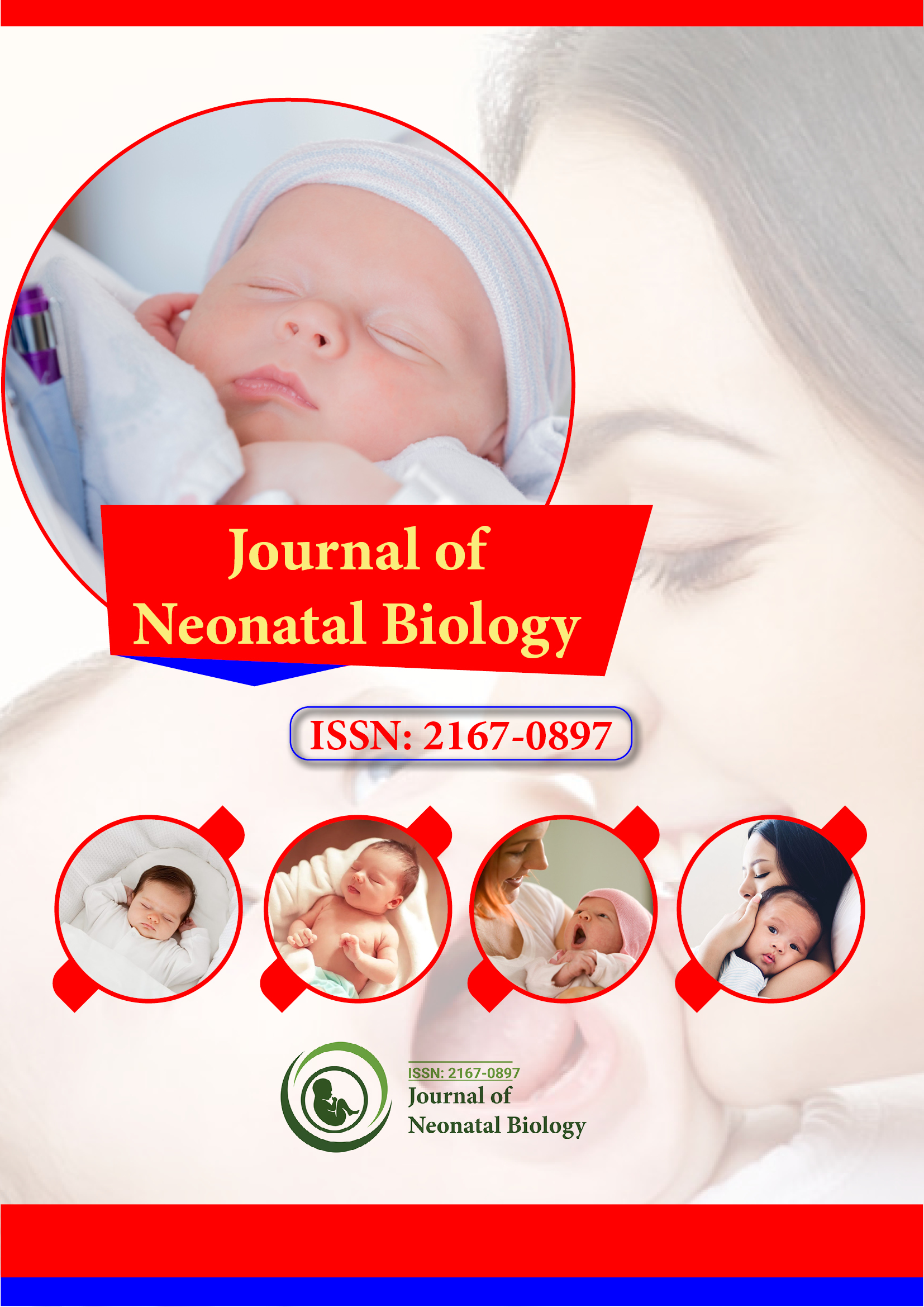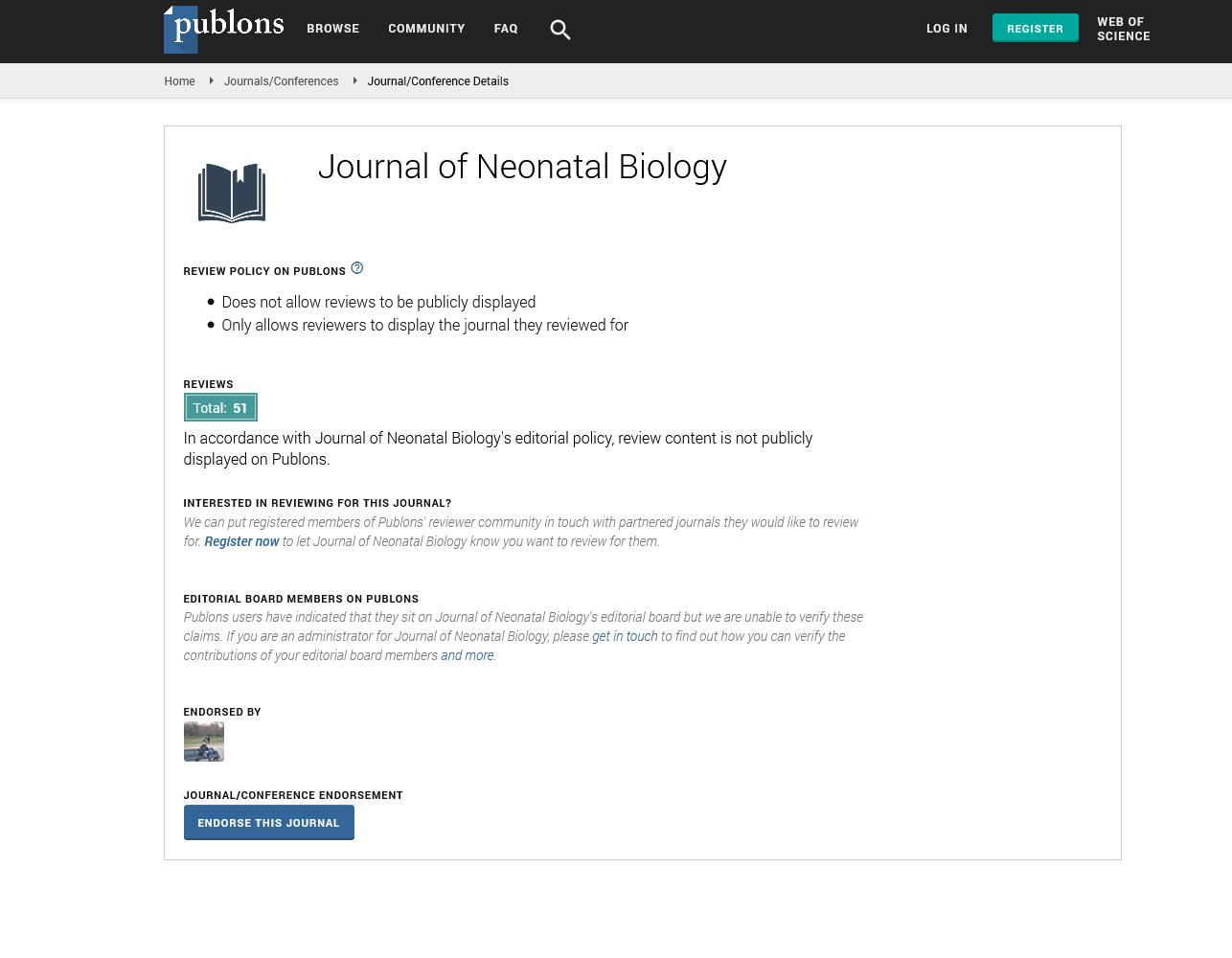Indexed In
- Genamics JournalSeek
- RefSeek
- Hamdard University
- EBSCO A-Z
- OCLC- WorldCat
- Publons
- Geneva Foundation for Medical Education and Research
- Euro Pub
- Google Scholar
Useful Links
Share This Page
Journal Flyer

Open Access Journals
- Agri and Aquaculture
- Biochemistry
- Bioinformatics & Systems Biology
- Business & Management
- Chemistry
- Clinical Sciences
- Engineering
- Food & Nutrition
- General Science
- Genetics & Molecular Biology
- Immunology & Microbiology
- Medical Sciences
- Neuroscience & Psychology
- Nursing & Health Care
- Pharmaceutical Sciences
Abstract
Changes in Neonatal Microbiota Distribution Influenced by the Environment of the Neonatal Intensive Care Unit in the First Month of Life
Mari Ohoka, Takashi Ito, Masako Kitsunezaki, Keiko Nomoto, Yuki Bando and Masahiro Ishii
Commensal bacterial colonization is crucial for human health, and the early neonatal period is important for the establishment of microbial populations. However, studies on the developmental patterns of microbiota in early life, particularly in those exposed to the environment of the neonatal intensive care unit (NICU), are limited. Using a 16S ribosomal RNA polymerase chain reaction assay, this study aimed to evaluate the changes in the levels of representative microbiota in healthy term infants and infants who were admitted to the NICU during the first month of life. Compared with term infants, the NICU group showed lower levels of Bifidobacterium in the early days after birth but achieved the same levels as those of term infants after day 30 of probiotics use. In addition, we found that the presence of Staphylococcus aureus, including methicillin-resistant S. aureus, from fecal samples was not associated with disturbances in Bifidobacterium during the neonatal period. Clinical factors such as the mode of delivery, antibiotic therapy, and intubation for mechanical ventilation could change the neonatal distribution of microbiota, but the most important factor was insufficient enteral nutrition. This group, which had experienced poor general conditions and/or underwent surgery early in the neonatal period, showed are markable decrease in Bifidobacterium level at day 30. In conclusion, infants in the NICU developed similar microbiota composition as in the healthy term infants group in 1 month afterbirth; however, insufficient enteral nutrition could lead to disintegration of the microbiota distribution.

